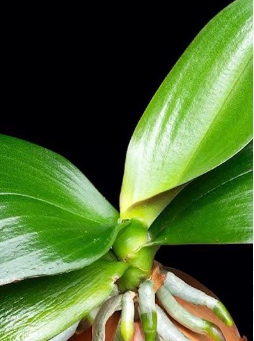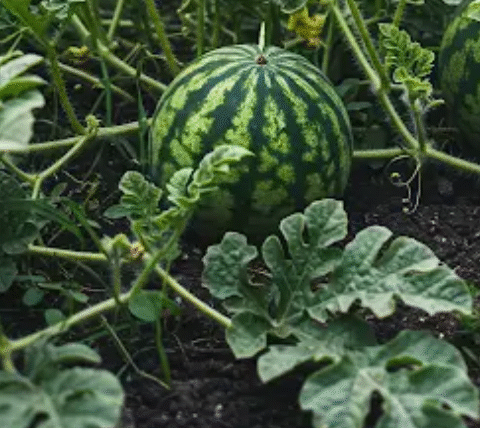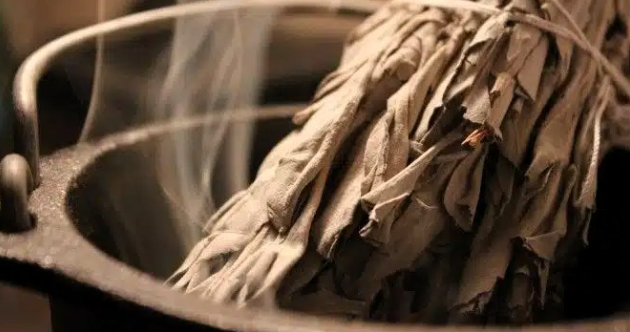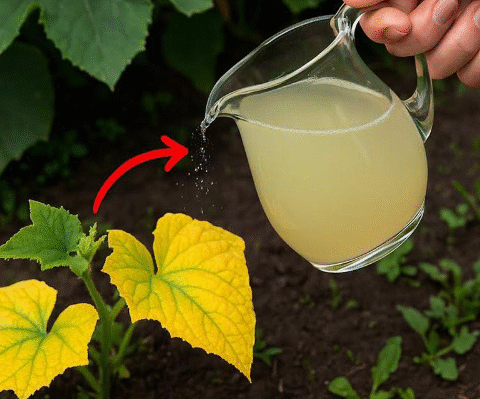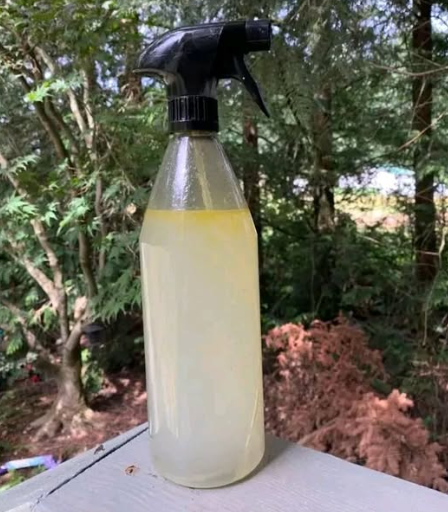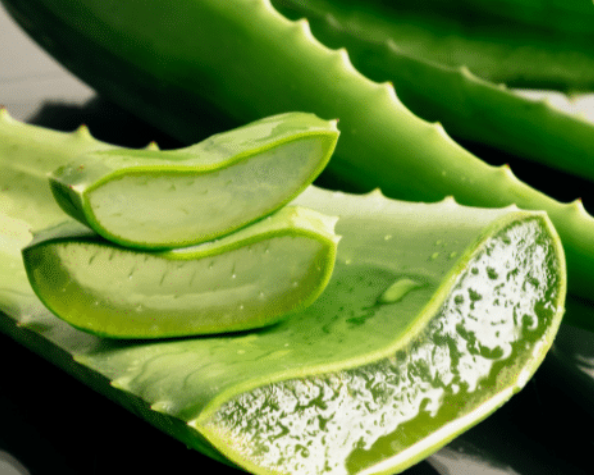How to Grow Orchids: The Steam Method & Garlic Care Guide
Discover how to cultivate gorgeous orchids using a clever steam-based setup and a natural garlic‑water remedy. Backed by expert tips and actionable advice, this guide helps you master orchid care for lush growth and pest resistance. 🌿
Why This Method Works
Orchids are epiphytes that thrive in intentionally humid, airy environments. Using sterile steam promotes root expansion without over‑saturating the medium, and garlic water offers natural antifungal and pest‑repellent effects.
Expert Insights 🧑🔬
- Dr. Leila Nour, Orchidologist at Mediterranean Botanical Research Institute: “Root health in orchids largely determines flowering success.”
- Prof. Mark Benson, Applied Horticulture Specialist: “Garlic‑based sprays are an eco‑friendly alternative to chemicals against pests like aphids and spider mites.”
Step‑by‑Step: The Steam Cultivation Setup
1. Prepare the Steam Chamber 🍃
Take a clear plastic bottle and cut it into two halves. Poke small holes around the upper section to allow airflow. This “funnel” will sit above the water reservoir below, creating a warm, humid space.
2. Clean the Parent Plant
Gently remove any dead or rotting roots. Trim lightly for a clean start and reduce pathogen risk.
3. Position the Orchid
Place styrofoam pieces or lava rock in the upper half of the bottle for drainage and support. Nestle the orchid in carefully.
4. Add Water to the Base
Pour room‑temperature water into the lower half (up to just below the root zone). The idea is evaporation—not soaking.
5. Maintain Lighting & Temperature
Set the bottle in bright, indirect light (east or west window is ideal). Maintain ambient temps around 20–25 °C (68–77 °F).
6. Monitor Root Development
Over the following 7–10 days, keep the water level topped up. Emerging plump, root tips indicate successful acclimation.
7. Repot When Ready
Once new roots are 5–7 cm long, transfer the orchid to a fresh bark‑based orchid mix in a decorative pot. Water and mist lightly thereafter.
Garlic Water Treatment for Orchid Health
Why Garlic Helps
- Contains sulfur compounds that repel pests such as spider mites, thrips, and aphids.
- Acts as a mild fungicide to lower chances of root rot or fungal spots.
- Can enhance chlorophyll production, supporting greener foliage.
How to Prepare It
- Smash or finely mince 2 garlic cloves.
- Steep in 250 ml of warm water for 4–6 hours.
- Strain the mixture to remove solids.
Application Tips
Mist lightly over roots and leaves once every 10–14 days. Avoid over‑spraying; just a fine mist is enough. Do not combine with synthetic pesticides immediately afterward.
Nutrition & Health Benefits Table
| Nutrient / Benefit | Source | Measurement | Weight or Volume |
|---|---|---|---|
| Sulfur compounds | Garlic | ~4–6 mg/l | 2 cloves (~6 g) |
| Humidity level | Steam chamber | ≈ 70–90 % | Reservoir ~100–150 ml water |
| Temperature range | Ambient chamber | 20–25 °C | Room thermostat setting |
10 FAQs about Orchids, Steam Method & Garlic
- Q1. Can I use distilled water in the steam chamber?
Yes—distilled or rainwater reduces mineral buildup. - Q2. Can garlic burn the leaves?
Only if too concentrated. Always dilute and strain well; mist lightly. - Q3. How often should I refill the water?
Top up every 2–3 days to maintain humidity, without reaching root saturation. - Q4. When should I stop using the steam technique?
Once new roots reach 5–7 cm, it’s time to repot and resume normal orchid care. - Q5. Can I use this method for all orchid types?
Most Phalaenopsis and Cattleya hybrids respond well; less suited to terrestrial orchids. - Q6. Do bark chips still work after steam treatment?
Yes—they’re ideal after repotting to ensure proper aeration. - Q7. Is garlic safe for root zone applications?
Yes when properly diluted—never pour raw garlic juice directly onto roots. - Q8. Will garlic stain flowering buds?
Unlikely, but avoid spraying buds directly to preserve flower quality. - Q9. Can I mist less often in cooler months?
Drier air may require gentler, more frequent mists to maintain humidity. - Q10. Are there alternatives to garlic?
Neem oil or diluted cinnamon water are natural substitutes for fungal and pest control.
Related Recipes 📖
Want to repurpose garlic-treated orchid water for safe household uses or companion plants? Check out culinary-inspired plant oil infusions and homemade cleaning sprays based on garlic or citrus — with recipes from ExamplePlantSite.com.
Final Tips & Safety Recommendations ✅
- Avoid direct garlic-water contact with open flower buds to preserve fragrance and color.
- Plant in well-ventilated areas to prevent fungal growth due to excess humidity.
- Ensure tools and containers are sterilized before use to avoid contamination.
With a little patience and proper care, this steam‑plus‑garlic method can transform your orchid growth—yielding stronger roots, healthier foliage, and fewer pests. 🌸 Happy cultivating!
